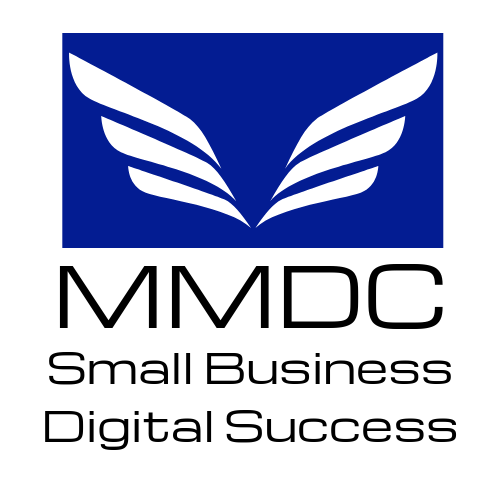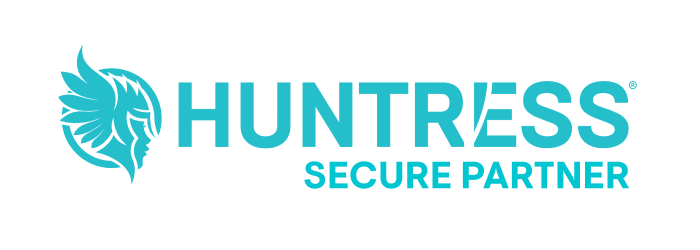Exploring Inbound and Outbound Marketing: Finding the Right Balance for Your Brand
Understanding the Difference Between Inbound and Outbound Strategies

Marketing success in the digital landscape isn’t about choosing between inbound and outbound strategies; it’s about knowing when and how to use each. While inbound marketing attracts customers organically through valuable content, outbound marketing proactively reaches out to audiences with targeted messaging.
Understanding the strengths and applications of both can help brands create a strategic balance that maximizes reach and ROI, providing a reassuring sense of effectiveness.
What Is Inbound Marketing?
Inbound marketing is a pull strategy: it draws potential customers toward your brand by providing helpful, relevant content that solves problems or answers questions. Instead of interrupting the audience, inbound marketing focuses on earning attention and building trust.
Some of the most common inbound tactics include:
- Content marketing: Blogs, articles, guides, and whitepapers that educate and inform.
- SEO (Search Engine Optimization): Ensuring your website and content rank well on search engines for keywords your audience is actively searching.
- Social media marketing: Building engagement and relationships through organic social posts, community management, and storytelling.
- Email nurturing: Sending relevant, value-driven emails that guide prospects through the buyer’s journey.
For example, a boutique fitness brand might use inbound marketing by posting blog articles like
“5 Morning Habits That Improve Energy and Focus” or offering a downloadable “Beginner’s Guide to Nutrition.” These efforts attract people searching for health advice and naturally position the brand as a trusted resource - making them more likely to sign up for a class later on.
What Is Outbound Marketing?
Outbound marketing, by contrast, is a push strategy: it takes your message directly to your audience, even if they’re not actively looking for your product or service. Outbound marketing aims to create awareness quickly, reaching a large audience with direct, targeted promotions.
Examples of outbound tactics include:
- Paid advertising: Google Ads, display ads, social media ads, or sponsored content.
- Cold email or direct mail campaigns: Reaching out directly to leads or prospects with a clear offer.
- Television, radio, or streaming ads: Targeting specific demographics with broad-reach campaigns.
- Event marketing and trade shows: Showcasing products or services in person to generate leads.
For instance, a tech startup launching a new productivity app might run paid LinkedIn or YouTube ads highlighting key features and testimonials. These campaigns directly place the product in front of potential users, even those who may not be searching for it yet.
Inbound vs. Outbound: What’s the Difference?
The main difference between inbound and outbound marketing lies in how the customer encounters your brand:
- Inbound: The customer finds you through valuable content or search.
- Outbound: You reach out to the customer through ads, calls, or promotions.
Inbound tends to generate warmer leads over time, while outbound provides faster visibility and awareness. These two strategies complement each other - inbound builds credibility and trust, while outbound expands reach and accelerates lead generation.
How to Combine Inbound and Outbound for Maximum Impact
The best marketing strategies use both approaches in harmony:
- Start with data. Use analytics to understand where your audience spends time and what type of content or channels resonate most.
- Use outbound to amplify inbound. For example, run paid ads promoting your newest blog, video, or eBook to reach new audiences.
- Personalize your outreach. Combine inbound insights (such as which content users engage with) with outbound tactics like targeted email campaigns or retargeting ads.
- Measure and refine. Evaluate performance regularly: inbound success often compounds over time, while outbound campaigns may show immediate but shorter-term results. This adaptability should instill confidence in the strategy's effectiveness.
By aligning the strengths of both approaches, brands can ensure that no opportunity for engagement is left untapped.
Inbound and outbound marketing aren’t rivals; they’re partners in growth. Inbound attracts and nurtures interest organically, while outbound amplifies your reach and drives immediate results. When strategically balanced, they create a powerful, full-funnel approach that keeps your brand top of mind, builds trust, and converts leads into loyal customers.











